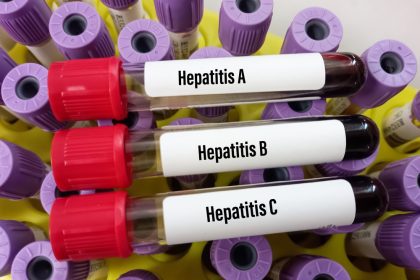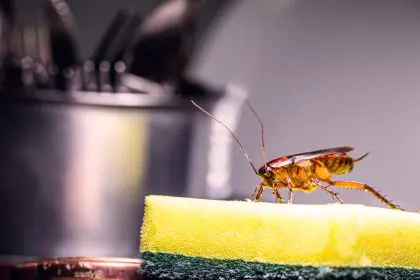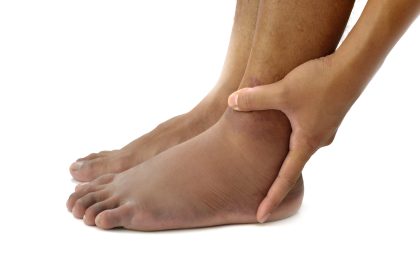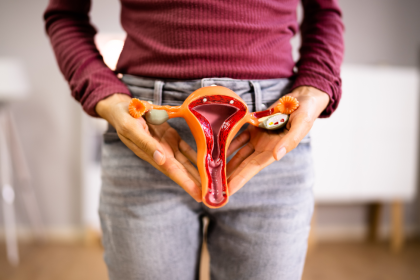Kidney disease used to be a worry reserved for older adults, a slow fade tied to aging or long-term habits. But in 2025, it’s showing up in a startling new place—teens. These aren’t isolated cases or flukes. Something’s shifting, and it’s pushing a condition once thought distant into the lives of kids still navigating high school. The numbers are climbing, the risks are stacking, and the reasons behind it weave through diet, lifestyle, and gaps in care. This isn’t just a blip—it’s a wake-up call. Here’s why kidney disease is surging among teens, how it’s sneaking in, and what’s at stake if this trend keeps rolling unchecked.
One big driver behind this rise is the junk food trap teens can’t seem to escape in 2025. Fast food, sugary drinks, and salty snacks aren’t just treats—they’re daily staples for many. These choices hit kidneys hard, flooding them with sodium and sugar they’re not built to handle at that volume. Over time, the strain builds, taxing these fist-sized filters that clean blood and balance fluids. For teens, whose bodies are still growing, the damage starts early and snowballs fast.
The overload shows up in subtle ways first—puffiness around the eyes, a tired drag that won’t lift. Kidneys work overtime to process the junk, and when they can’t keep up, waste piles up in the blood. In a world where a burger and soda are a quick lunch, this habit isn’t rare—it’s routine. Teens aren’t thinking about long-term fallout, but the kidneys feel it, setting the stage for trouble that can stretch into their 20s and beyond. It’s a diet-driven crisis, and it’s hitting younger than ever.
Screen time and the dehydration danger
Another piece of the puzzle is screen time, paired with a dehydration danger that’s flying under the radar. Teens in 2025 are glued to phones, gaming rigs, and laptops—hours melt away, and water bottles stay untouched. Long stretches without drinking don’t just dry out the mouth—they starve the kidneys of the fluid they need to flush toxins. Couple that with energy drinks or sodas that teens grab instead of water, and the problem doubles. Those caffeine-heavy gulps pull more water out, leaving kidneys parched and stressed.
This isn’t a one-day issue—it’s a pattern. A teen might go six hours gaming, sipping nothing but a cola, then crash without rehydrating. Kidneys take the hit, working harder with less support, and over months, the wear adds up. Blood pressure ticks up, and tiny kidney filters start to falter. In a generation raised on screens, this dehydration creep is a quiet threat, nudging kidney disease into bodies still in their prime.
Gaps in care letting damage slip through
The third factor fueling this rise is gaps in care that let kidney trouble slide by unnoticed. Teens aren’t hitting the doctor for regular checkups like clockwork—sports physicals or urgent visits might be it. Kidney disease doesn’t wave a red flag early on—no dramatic pain, no loud symptoms. Fatigue, slight swelling, or murky urine get shrugged off as growing pains or a bad week. Without routine screenings, the slow creep of damage stays hidden until it’s serious.
For many teens in 2025, access plays a role too. Families stretched thin might skip wellness visits, or clinics might not push kidney tests unless something screams trouble. By the time it’s caught, the kidneys might already be scarred, losing their ability to filter right. This gap turns a manageable issue into a chronic one, and for teens, that’s a life sentence starting way too soon. It’s not neglect—it’s a system missing the mark, and young kidneys pay the price.
Why teens are hit harder now
Kidney disease in teens isn’t random—it’s tied to a perfect storm in 2025. Bodies are still developing, so damage digs deeper and lasts longer. Lifestyles lean harder into convenience—processed foods and digital marathons aren’t exceptions, they’re norms. And awareness lags—parents and kids alike don’t see kidneys as a teen worry, so the signs slip by. Toss in disparities like spotty healthcare or neighborhoods with more fast food than fresh options, and the risk spikes higher.
The stakes are brutal. Kidneys don’t bounce back easy—once they’re hurt, it’s a downhill slide. Teens with early damage might face dialysis or transplants by their 30s, cutting short years of freedom. In a phase meant for chasing dreams, this rise swaps that for doctor visits and meds. It’s not just a health stat—it’s a future on the line, and it’s climbing faster than anyone expected.
Turning the tide before it’s too late
Stopping this surge starts with small, real moves. Ditch the junk food trap by swapping one soda a day for water—kidneys breathe easier with every glass. Break the screen-time dehydration cycle with a rule: one hour on, one sip down. Push for a yearly checkup, even if it’s just a quick blood test to peek at kidney function. These aren’t overhauls—they’re tweaks that stack up, pulling teens back from the edge.
In 2025, the rise of kidney disease in teens is a loud alarm, but it’s not the end. It’s a chance to rethink habits and catch trouble early. Kidneys might not scream for help, but they’re worth the listen. For teens, it’s about keeping the years ahead wide open—not tethered to a machine or a diagnosis. The crisis is here, but the fix is too, if the shift starts now.


















